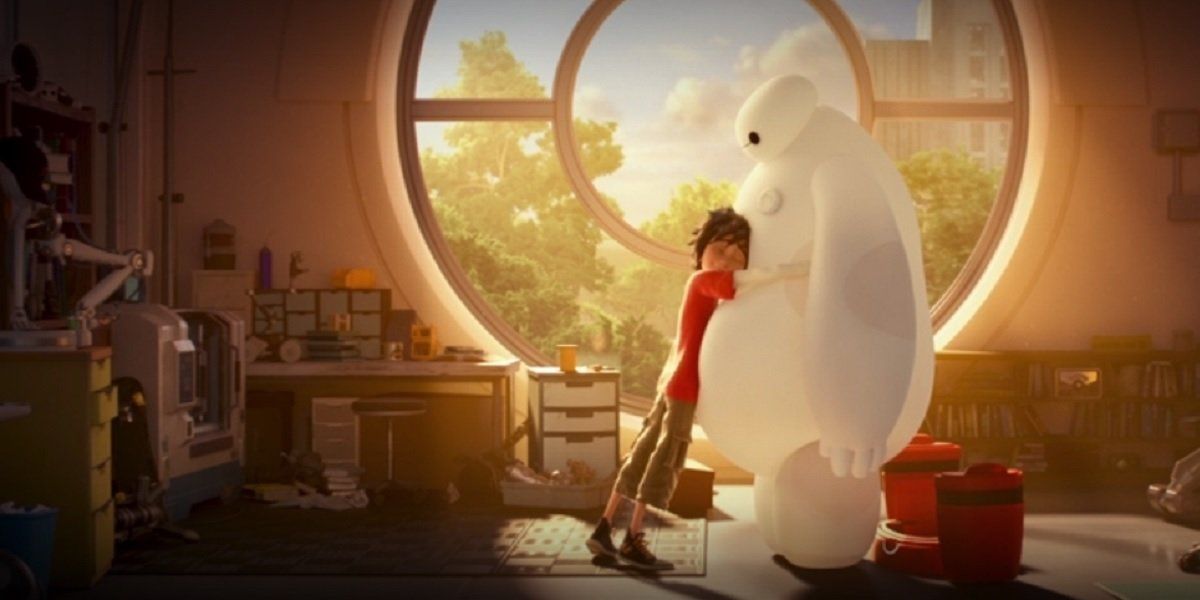

We really practice them, they’re not just some words on a page. All these are kind of studio philosophies given to us by Ed and John. There’s the art that provides a challenge to the technology. So there’s story, there’s art, there’s the technology that fuels the art. We each have a piece to play in this large presentation that we call a motion picture. One of the big mantras is ‘everyone’s a filmmaker’ and that’s been really, really positive. What kind of culture have John Lasseter and Ed Catmull brought to Disney Animation and how did it make taking a risk with Hyperion possible?ĪH: It’s great working with those two at the top of our studio. We were so enamored with what we saw in the visuals that we were creating, we said ‘oh my god we have to do this.’ Basically we got to the point and some of the test images that we had created, we just looked at them. It was a little bit crazy.ĪH: There was a lot of adrenaline associated with that. There was a big leap of faith on a whole lot of people’s parts to be okay with us trying to pull this off. There was anxiety about what this was going to be capable of, whether it would deliver on time, were we making a horrible choice that was going to impact the ability to deliver the movie. That anxiety was all the way up and down from the artists on the floor all the way up to the executives. Some people were really anxious about something new and different because it was going to be painful. HD: Some people were really excited by the promise.

We weren’t sure we could pull it off.Īlso read: Cuddly Robot Baymax Is a Crime-Fighting Marshmallow in Latest ‘Big Hero 6’ Trailer (Video) Could we do it, could we not? I’d love to say it was coldly calculated and that there was no doubt at all, but its not true. We want to put something on the screen that makes everyone go ‘wow, I’ve never seen something like that before.’ But there’s realities. We just looked at and said if we have to go that way, we’ll just have to scale back what’s in the world. With Hyperion wasn’t not quite ready to go when production began on “Big Hero 6,” talk about the moment you decided to scrap Plan B and commit completely to this new software.ĪH: What we looked at was what the promise of what the world could be. Practicing more the artistry of lighting than the mechanics of lighting. You set up a few lights to illuminate the area nicely and then you use some specials in key and fill areas to really set the mood, or the tone or the dynamic of the scene.

Similar to how you’d set up on a motion picture live action set. And then you can tweak it and practice photographic artistry on it to make it really, really great. And it gives you a nice consistent look from a base level. And it was around that phase we were in the middle of ramping up ‘Big Hero 6.’Īlso read: ‘Big Hero 6’ Review: Disney’s Superhero Epic is Smart Translation of Japanese AnimeĪH: we simulate the physics of light at a base level and we use that to actually to do the first pass of a scene.

It came out of that science experiment mode in early 2013. It was missing a lot of bells and whistles that you actually need in a production renderer, but it was just to showcase the idea and what it might be capable of.


 0 kommentar(er)
0 kommentar(er)
